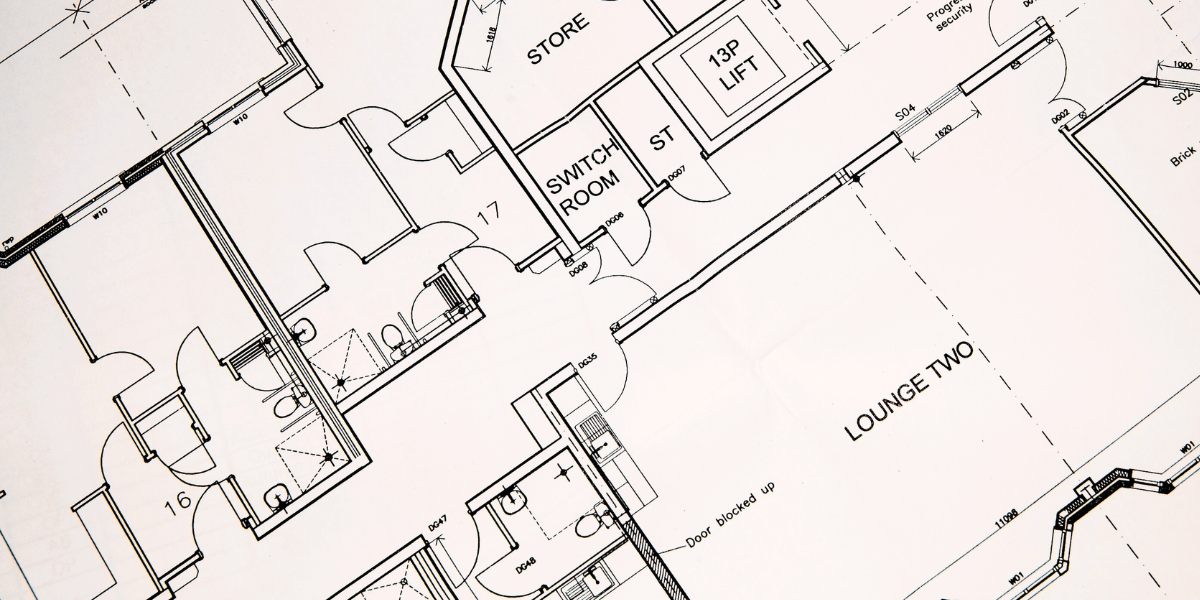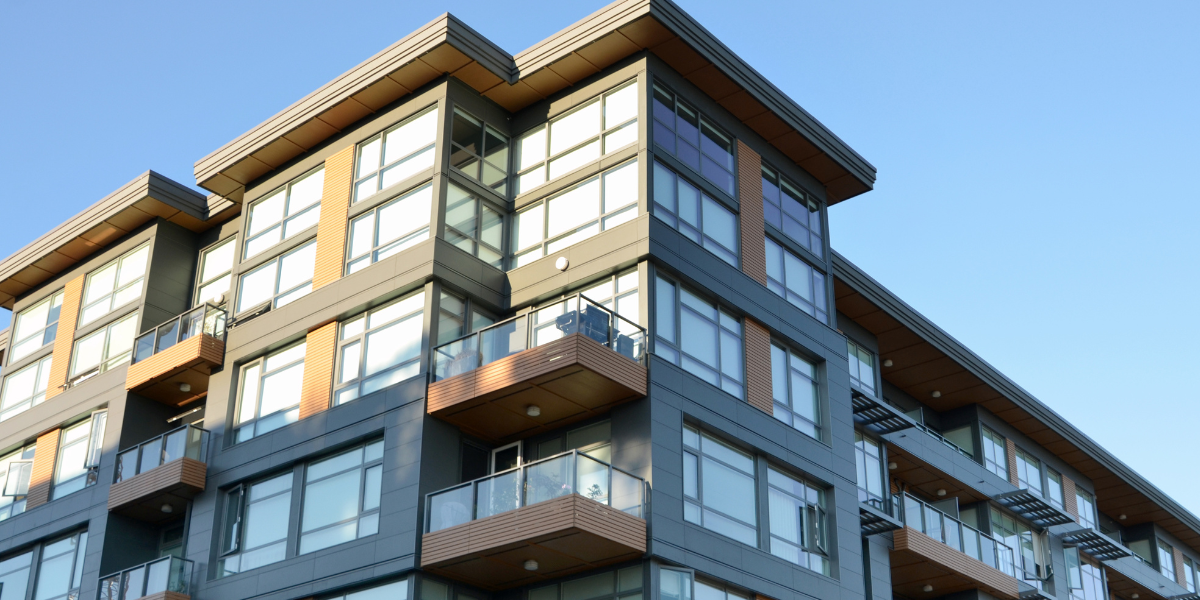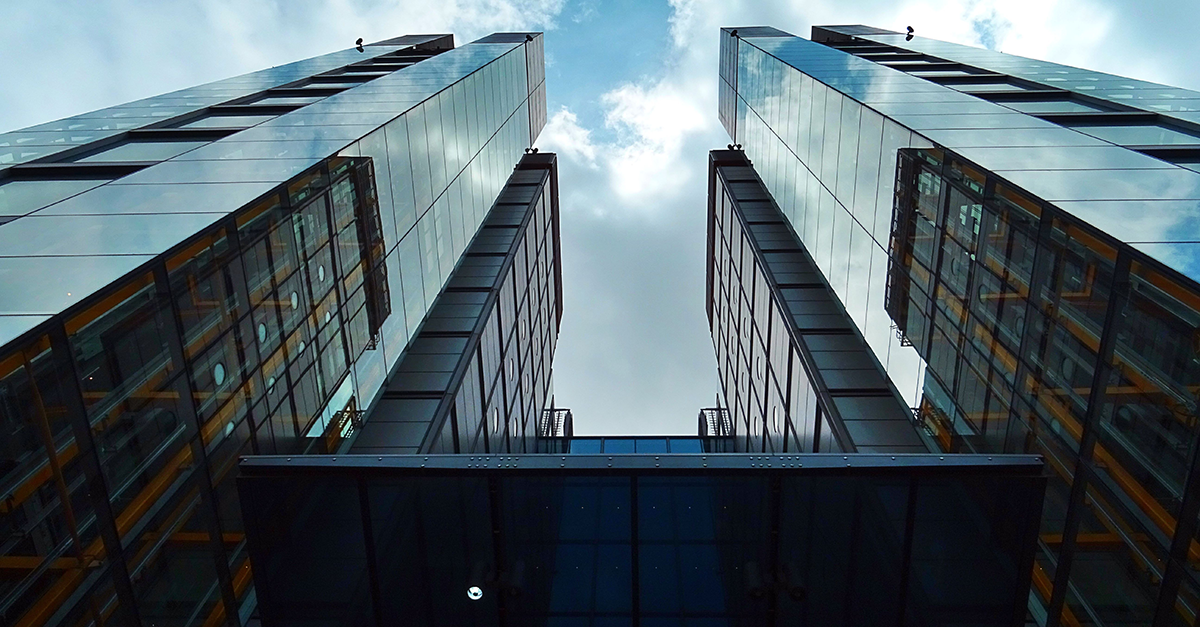

Maryland BEPS: Timeline and Recommendations for Building Owners [July 2024 Update]
Maryland is implementing a state-wide Building Energy Performance Standard (BEPS) for buildings 35,000 square feet and over as a requirement under the Climate Solutions Now Act of 2022. Let’s take a look at what we know so far.
Read











